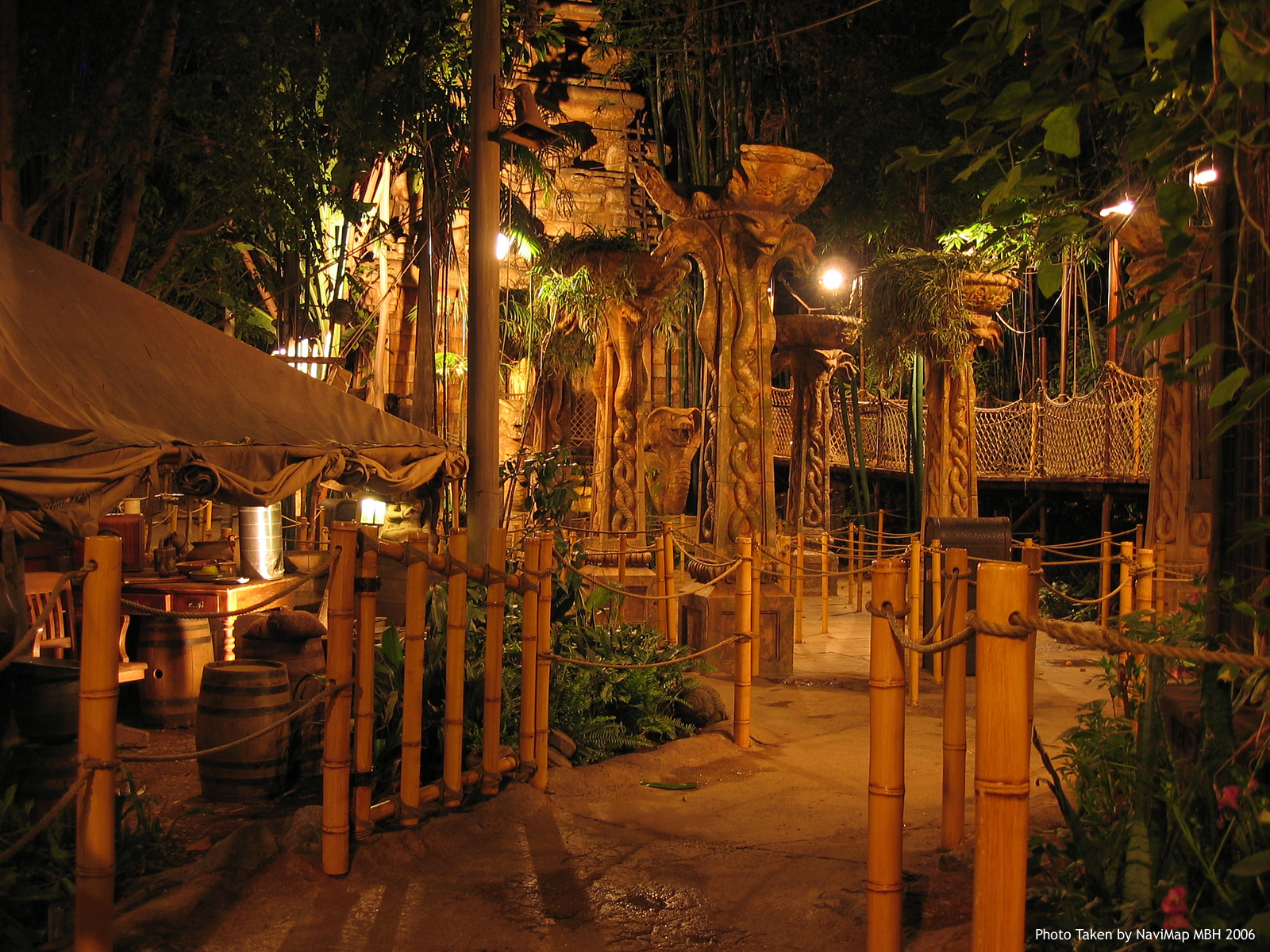Contrast, instability, irregularity, complexity, intricacy, exaggeration, activeness, accent, variation, distortion, depth
Harmony, Balance, symmetry, regularity, simplicity, unity, predictability, neutrality, consistency, flatness, repetition
What we are looking at here are two great examples of products that have utilized a great combination of visual techniques to convey their visual message. The first is the Troy Lee Designs D3 Speedwing bicycle helmet and the second is a pair of Electric EG2 snow goggles. I chose these two products because they both are conveying the message that the athlete that is wearing either of these is concerned with their style. To begin with the helmet, the vibrantly contrasting yellow and blue grab your attention right away and draw you into the instability and irregularity of the details of the helmet. The goggles have a more subtle approach, with a similar hue of blue used for all components of the goggle, and do not call too much attention to the little details of the ghost faces. Why I think that these products are working well is because they both have utilized the contrasting or harmonizing aspects to tie everything together. The helmet would not have the effect of looking like it were ripping through space if it did not have the activeness and accents of the line work throughout the design. The goggles would be a plain blue rendition of a snow goggle that has been done time and time again, but the surprising details around the frame and on the strap are what make this a successfully designed product.














